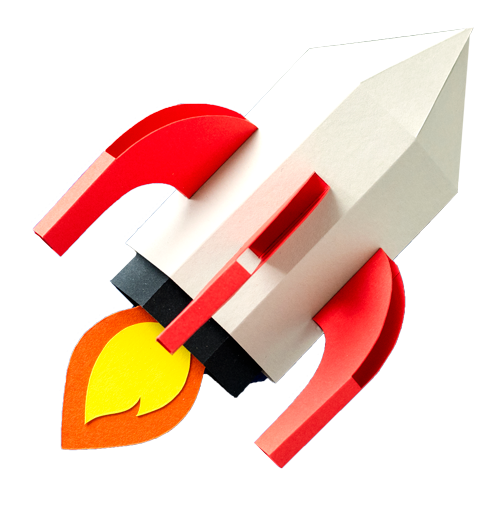Our teams break down sprint planning into two main meetings: the “What” meeting and the “How” meeting.
The “What” meeting involves the product owners and stakeholders. The “How” meeting is for the Scrum Development Team.
To run a successful “What” meeting requires some preparation and sticking to some guidelines during the meeting. Do that and you will have all of the information your team needs to launch into their upcoming sprint.
Preparation
Be prepared, the Boy Scout Motto, applies to sprint planning, especially the “What” meeting. The first step in sprint planning is to have a groomed backlog of sufficient depth that will cover the duration of the sprint. A groomed backlog consists of user stories that are well stated, have clear acceptance criteria and have had as many questions answered as possible before entering the “What” meeting.
If at all possible, pass the potential candidates for the “What” meeting to the development team three days before the meeting for an initial review. Let them ask questions about anything they are unclear of on the user stories and capture that information in the system of record for the user stories (Rally or CA Agile Central, Trello, etc.). This will save a lot of time in the meeting by having most questions pre-answered for the development team.
Know your team's planned capacity for the upcoming sprint. What has been their historical velocity? Is the team at full strength or will someone be on vacation or partially assigned to another project? Adjust the planned points for the team accordingly.
Order User Stories in a rough priority order. Addressing stories in order of the value that the organization places on them ensures the highest value items will be delivered to the organization first.
Note any dependencies that user stories have. If a story cannot be completed until another story is complete note that so it will not be sequenced inappropriately.
During the Meeting
Once all of the preparation is complete it is time to meet. The meeting should follow an iterative agenda of:
- Review the story and acceptance criteria
- Confirm the story and acceptance criteria are accurate
- Allow the development team to ask questions
- Capture additional information in the system of record for the user story
- Assign points to the user story via planning poker
- Determine if the sum of points currently exceeds team capacity for the sprint, if it does not, iterate again
This will take the team to the limit of their capacity for the sprint. At this point the stakeholders should review the order of the user stories and confirm they are ordered correctly according to priority. Make any needed adjustments in the system of record and the “What” meeting should be complete.
Don't be tempted to prolong the meeting if you finish early. Use the rule of minimum effective dose. Do what you need to plan the scope of the work to be done and stop. Any planning beyond this point is wasteful.
After the Meeting
Make sure everything is captured in the system of record so that you will be prepared for the next step in sprint planning, the “How” meeting. Break for lunch and re-convene in the afternoon for the “How” meeting.
Conclusion
Effective preparation and iterative review during the meeting will provide you a smooth planning experience. Be strict in adhering to these methods and you will get better at them each time.
Question
What is your process for running a sprint planning “What” meeting?




